1. Cluttered Surfaces

Even if you’re not a minimalist, there’s a real psychological toll to having too much stuff in sight. Piles of mail, scattered shoes, and half-finished projects on the coffee table send your brain constant visual “reminders” of tasks you haven’t done. That visual noise keeps your mind in a state of low-level alertness. In other words, clutter = cognitive overload.
Research in environmental psychology shows that cluttered spaces correlate with higher cortisol levels, especially in women. It’s not just about messiness—it’s about the feeling that you’re never “caught up.” Clean, clear surfaces give your brain a break, helping it shift into rest mode. Even small efforts like putting items in bins or behind doors can make a big difference.
2. Harsh Overhead Lighting

Bright, overhead lighting—especially the cold, blue-tinted kind—can sabotage any attempt to unwind. It stimulates the brain rather than calming it, triggering alertness instead of drowsiness. That’s great if you’re trying to finish a project, but terrible for a cozy evening at home. Natural light or warm, layered lighting (like floor lamps and dimmers) is much more soothing.
Our circadian rhythm is closely tied to lighting conditions, and blue light can throw that system off balance. That includes both artificial ceiling lights and the glow from certain LED fixtures. When your brain thinks it’s still daytime, it delays melatonin production, making sleep more difficult. So if your home is lit like a hospital, don’t be surprised if you’re tossing and turning at night.
3. Open Floor Plans Without Acoustic Control
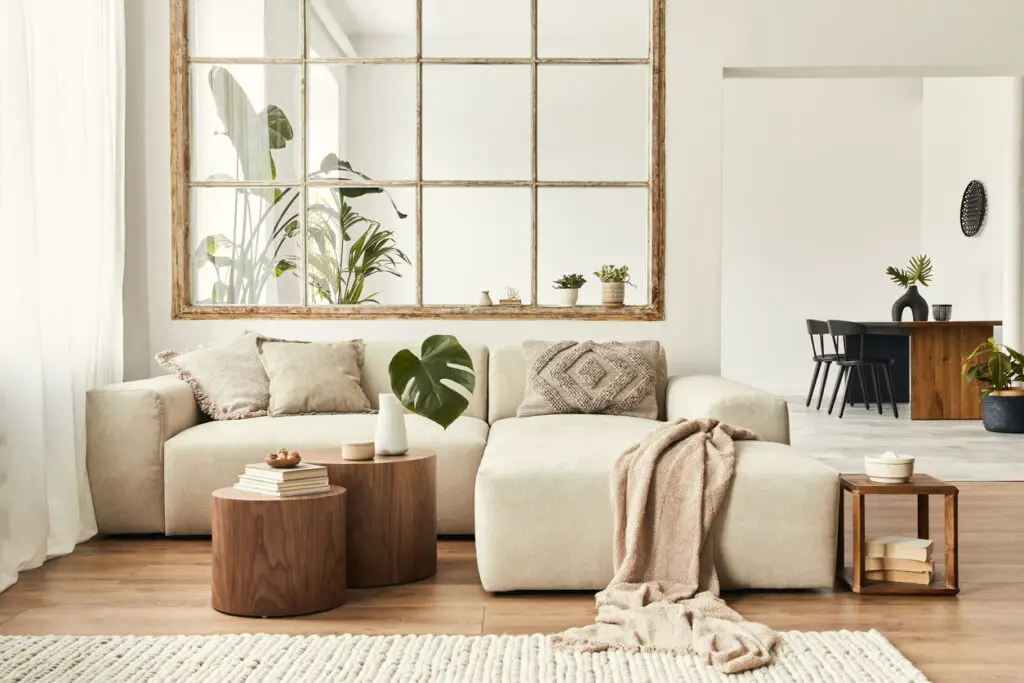
The open floor plan trend may look gorgeous in magazines, but in real life, it can get loud—fast. With fewer walls to absorb and block sound, everything from kitchen clatter to phone conversations echoes throughout the space. This kind of ambient noise increases stress levels without you even realizing it. Instead of feeling spacious, the home can start to feel chaotic.
Studies in acoustic psychology show that background noise, especially when unpredictable, activates stress responses. That includes the sound of a dishwasher running, shoes on hard floors, or even a distant TV. Without sound-absorbing materials like rugs, curtains, or acoustic panels, there’s no buffer for your senses. In the end, all that openness can feel more overwhelming than freeing.
4. Overly Stark or Monochromatic Decor
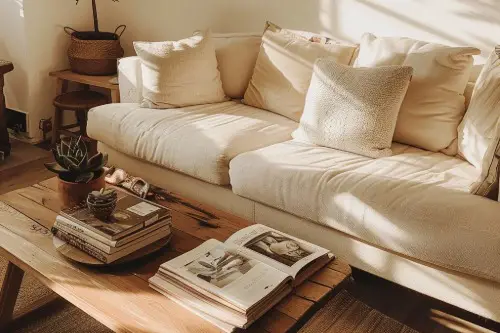
While a neutral palette can be calming, when taken too far, it can actually feel cold and uninspiring. Rooms that are all gray, white, or beige can lack the visual interest that brings comfort and warmth. Without natural textures or pops of color, the space may end up feeling sterile—more like a showroom than a sanctuary. The result? Emotional detachment instead of ease.
Neuroscience backs this up: the human brain responds positively to visual variety, especially in the form of natural materials like wood, plants, or fabric. Color psychology also plays a role—muted blues, greens, and soft earth tones promote calm, while too much gray can feel depressing. A home that feels “blah” visually may never quite feel cozy emotionally. Even a simple throw pillow or artwork can tip the balance toward relaxation.
5. Overreliance on Screens in Common Areas
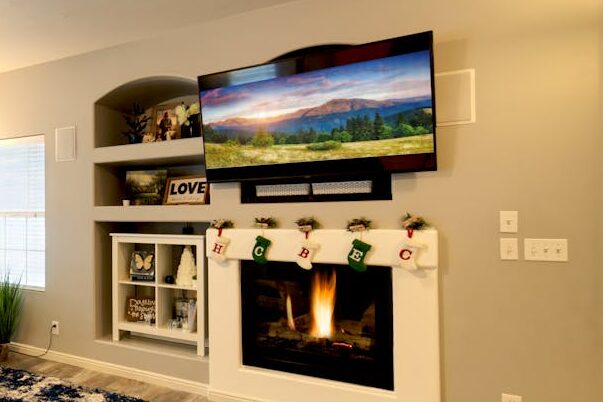
We’re all guilty of screen creep—TVs in every room, tablets on the coffee table, phones always nearby. But too many screens in communal spaces can keep your brain constantly engaged, even when you think you’re relaxing. Background shows, push notifications, and digital distractions interfere with your ability to truly decompress. It’s stimulation masquerading as rest.
The blue light from screens affects melatonin levels, while content—especially news or social media—can raise stress and anxiety. Even the habit of checking a screen every few minutes reinforces a sense of urgency. True rest requires stillness and a break from external input. Limiting screens in living rooms and bedrooms helps carve out space for actual downtime.
6. Poor Ventilation and Stale Air
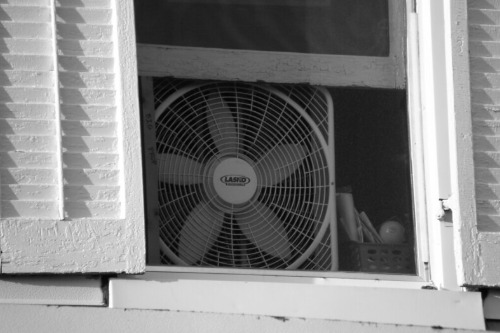
If you’ve ever walked into a stuffy room and immediately felt tired or irritable, you’re not imagining it. Poor indoor air quality is a major relaxation killer, especially if you live in a sealed-up space without fresh airflow. Air that’s low in oxygen or full of pollutants (like off-gassing from furniture or mold spores) makes it harder to focus and breathe deeply. That subtle discomfort undermines your sense of calm.
Science supports the link between fresh air and mental clarity. Indoor air can be up to five times more polluted than outdoor air, according to the EPA. Without good ventilation or air purification, carbon dioxide and allergens build up, leading to fatigue and brain fog. Cracking a window, adding houseplants, or using a HEPA filter can dramatically change how a space feels.
7. Hard, Unyielding Furniture
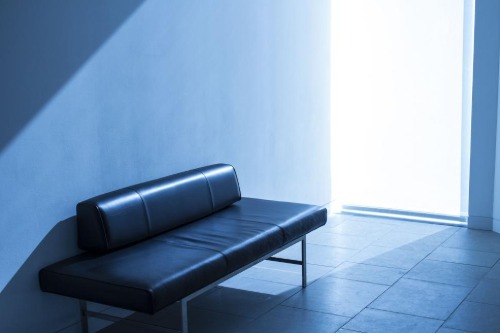
Minimalist furniture might look sleek, but if it’s uncomfortable, it works against you. Seating that’s too firm, shallow, or upright doesn’t allow the body to relax fully. Your muscles stay subtly tense trying to find a comfortable position, which keeps your nervous system activated. And the longer you sit, the more drained you feel—not rested.
Ergonomics matter just as much at home as in the office. Relaxation requires physical ease, and that comes from plush cushions, supportive backs, and the ability to sink in a little. If your couch feels more like a sculpture than a nap zone, it’s probably not helping you unwind. Investing in comfort is investing in your ability to actually enjoy your home.
8. Inconsistent or Noisy HVAC Systems
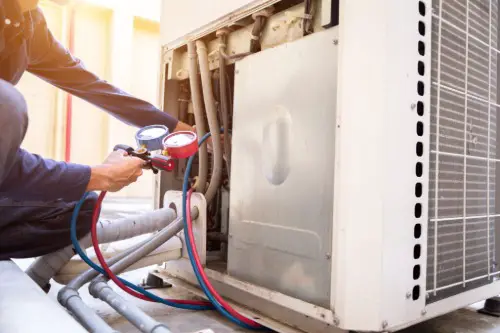
A clunky heater that kicks on like a freight train or an A/C that hums all night can mess with your peace. Sudden shifts in temperature or loud mechanical noises wake you up—literally and mentally. Even low-level buzzing or vibrations can be irritating over time. It’s like living with a background alarm that never quite turns off.
Temperature fluctuations also impact your body’s ability to stay relaxed. The ideal sleeping temperature is around 65°F (18°C), and consistent ambient temperatures help maintain deep rest. Systems that overheat, overcool, or break frequently leave you constantly adjusting—and never fully comfortable. Quiet, efficient HVAC isn’t just a luxury; it’s essential for a relaxing home environment.
This post The 8 Home Features That Prevent Relaxation was first published on Greenhouse Black.
